Comics of the Middle Ages
There are those who affirm and I am more convinced every day of its veracity, that there is nothing new under the sun and that just like Physics tells us that energy is neither created nor destroyed, but only transformed, the same It could be assumed in relation to that intense vehicle of pedagogical transmission that Art has been through the ages.
Certainly, I have this impression, every time I visit an old Romanesque church and I can contemplate the wonderful paintings that decorate the lateral galleries or the heads of a nave, whose plant, for obvious reasons, used to have the shape of a cross, well not in vain , this represented the element of martyrdom and by default, the figure of a crucified Jesus Christ.
Faced with the brilliance of its colors, it generally stands out the supposed naivety with which the anonymous artists tried to instill, in a suitably illiterate people, some spiritual notions, which through those allies of seduction, which are the eyes, would penetrate the borders of the denied enlightenment, until they are nailed like archetypes in the soul, adding the metaphorical message of 'do what you see'.
In this sense, and taking advantage of this tessitura, the artists used to represent different New Testament scenes, which were undoubtedly the precedents that some centuries later followed the different artistic schools - I take as an example, the great altarpieces - and that modern times, adapted to the printing press, they turned into that editorial vein, which are comics.
NOTICE: Both the text and the photographs that accompany it are my exclusive intellectual property and therefore are under my Copyright.
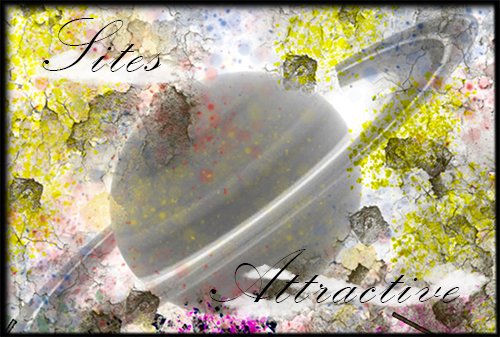
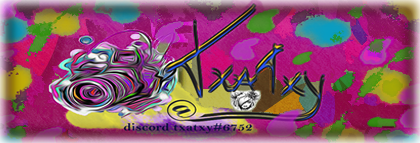

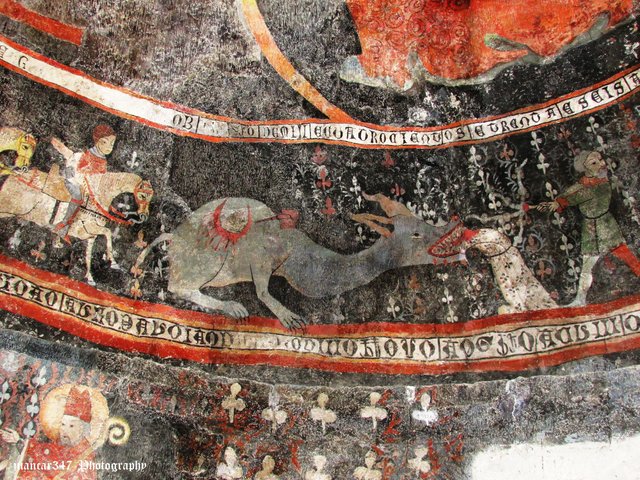
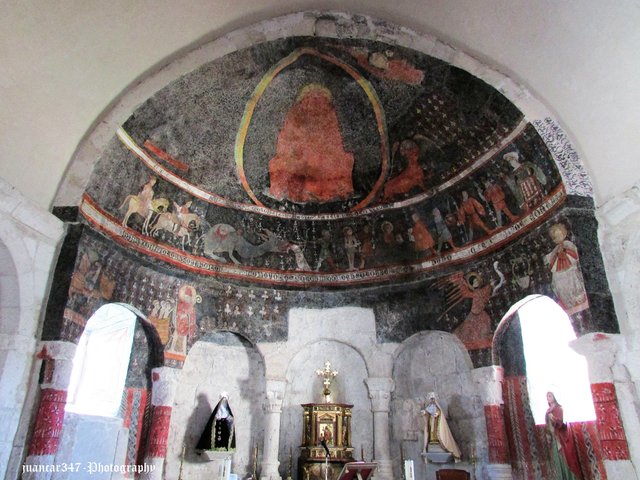
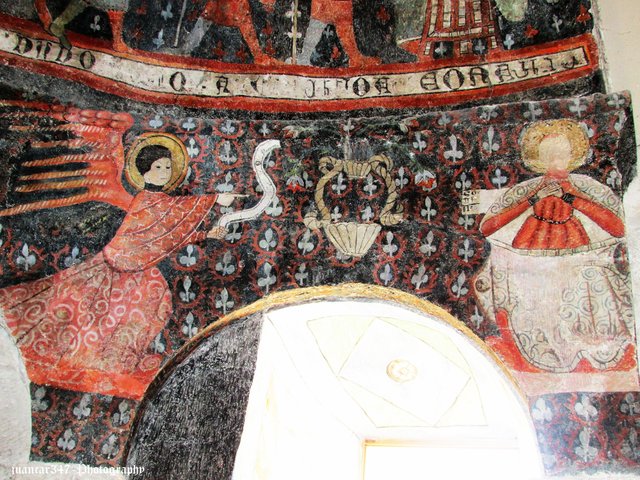
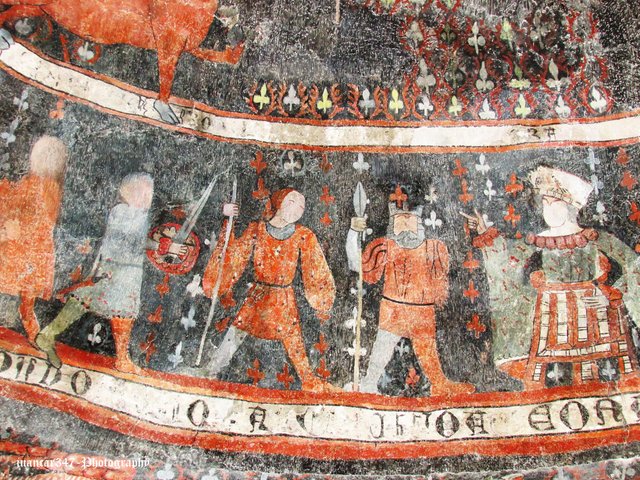
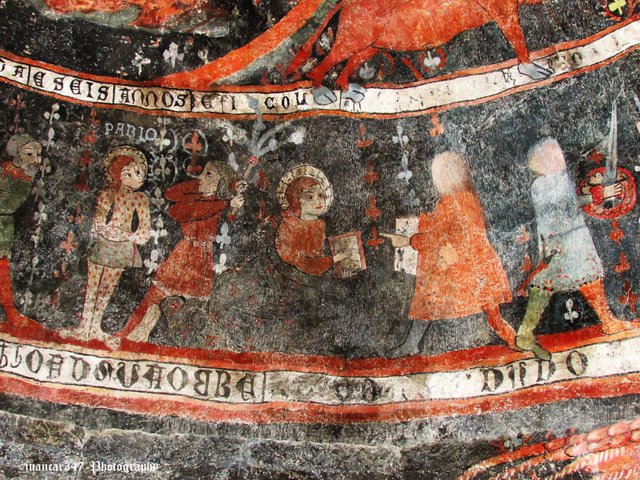
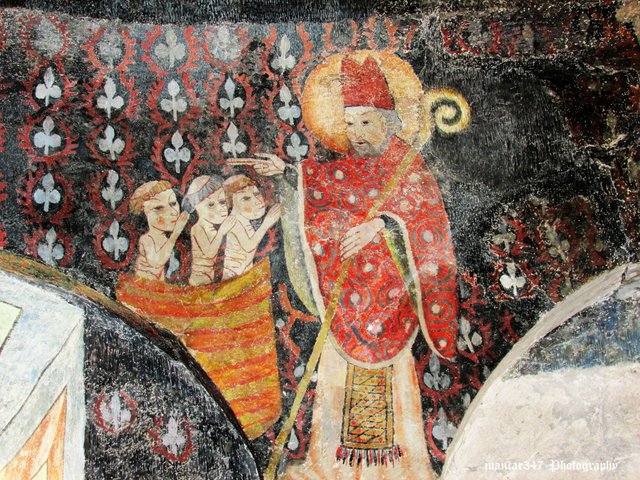
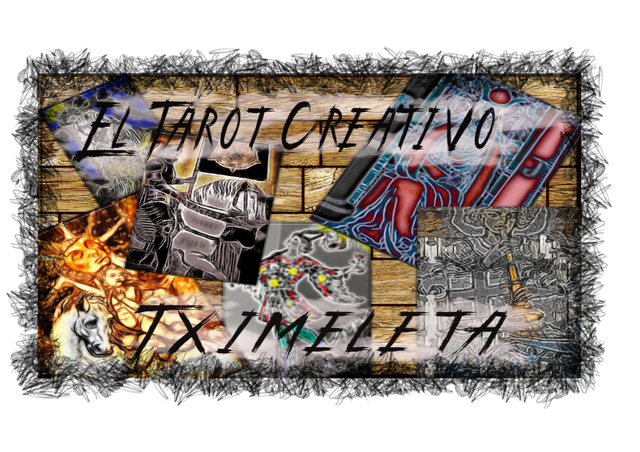
Maravillosas imágenes las que has atrapado con tu lente, de un colorido particular y mostrando unas figuras animales y humanas muy curiosas, sin duda acordes al espíritu artístico medieval, abrazos.
Son unas pinturas realmente curiosas, pues representan diferentes historias, que aparentemente son inconexas entre sí, como la Anunciación a un lado y el milagro de San Nicolás al otro. Y las de en medio, con la presencia de esa escena de la lucha contra la Bestia, que podría hacer referencia a la propia leyenda de la santa bajo cuya advocación está la iglesia: Marina. O Mariña, como la conocen en Galicia. Pero en fin, el simbolismo y las historias que hay detrás de esta santa, que casi todos los historiadores coinciden en afirmar, que 'nunca existió', sería demasiado extenso. Las pinturas, son góticas, probablemente de finales del siglo XIII o principios del siglo XIV. Un abrazo
excellent images -- !trdo
Thanks, my friend. Greetings